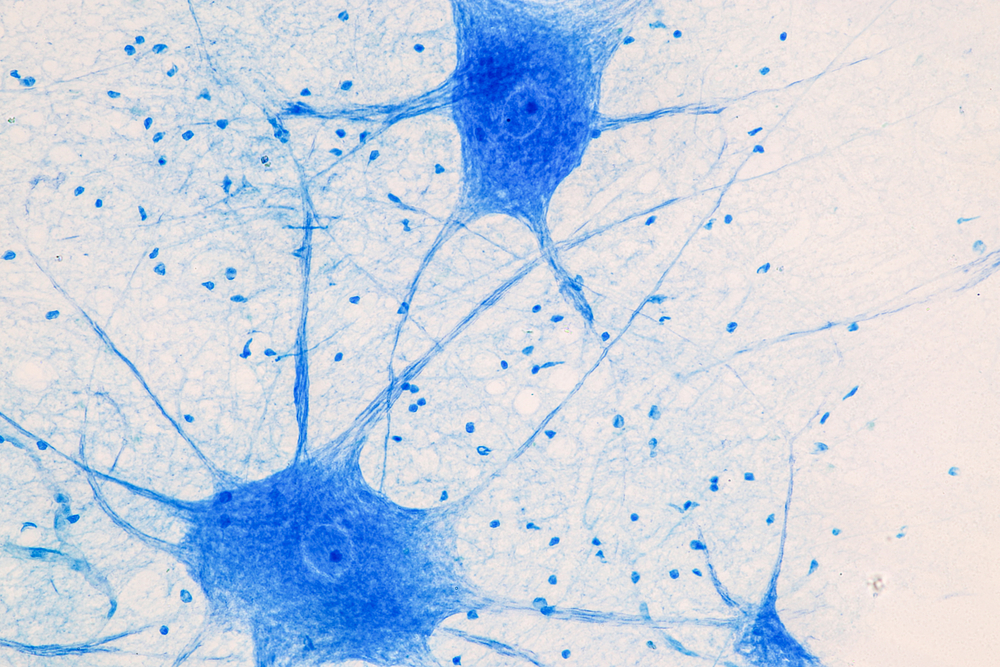Clusters of human brain cells cultivated in Petri dishes have been integrated with computers to achieve a fundamental level of speech recognition.
Feng Guo, from Indiana University Bloomington, explains of the study, published in Nature Electronics, “This is a preliminary demonstration to show the feasibility of the concept. There’s still a considerable journey ahead.”
Guo points out two primary challenges in conventional AI that this form of biological AI seeks to solve: high energy consumption and the inherent limitations of silicon chips, like their distinct processing and information storage functions.
Guo’s team, along with others, such as Australia’s Cortical Labs, which trained brain cells to play Pong in 2022, are exploring biocomputing with living nerve cells as a potential solution to these challenges.
These brain organoids –self-organized, three-dimensional tissue cultures resembling mini-brains – emerge from stem cells under specific growth conditions.
They can grow to a few millimeters in diameter and contain up to 100 million nerve cells. By comparison, a human brain has approximately 100 billion nerve cells. The organoids are positioned atop a microelectrode array, which both stimulates the organoid and records neuronal activity. Guo’s team refers to this setup as “Brainoware.”
Essentially, Brainoware is a new form of AI quite different from what we usually see in computers and smartphones.
Instead of using regular chips, researchers have created a small cluster of human brain cells – the brain organoid. This tiny ‘mini-brain’ is grown in a lab from stem cells, and it can perform some basic tasks that we usually associate with AI, like recognizing speech patterns.

How it works
The brain organoid is placed on a special device that can send and read electrical signals.
By doing this, the researchers can communicate with the organoid, kind of like teaching it to respond to certain patterns or inputs. In the study, they trained it to recognize different voices from audio clips.
One of the most remarkable aspects of Brainware is that it learns and adapts. Just like a human brain gets better at tasks with practice, the organoid improves its ability to recognize voices the more it’s exposed to them.
This brings us a step closer to creating AI that works more like the human brain, which is exceptionally efficient and doesn’t need a lot of energy to function (roughly that of a small light bulb).
However, there are challenges. Growing these brain organoids is tricky – they’re hard to create, tough to replicate consistently, and don’t last long, but the team is working on solutions.
Brainoware performance
In an unsupervised speech recognition experiment, the organoids were trained to distinguish a single voice from 240 audio recordings of eight individuals uttering Japanese vowel sounds. These sounds were converted into signal sequences and spatial patterns for the organoids.
Initially, the organoids showed an accuracy rate of approximately 30 to 40%, which improved to 70 to 80% after two days of training.
More about the study
Bio-inspired AI takes a few different forms, such as neuromorphic chips based on biological neurons. This goes a step further by creating computational architecture from biological organoids.
Here’s more detail about how it works:
- Bio-inspired AI hardware: The study, published in Nature Electronics, introduces Brainoware, a novel AI hardware that employs biological neural networks within a brain organoid. This marks a fundamental shift from traditional brain-inspired silicon chips, offering a more authentic emulation of brain function.
- Brainoware’s structure and functionality: Brainoware operates by interfacing a brain organoid, grown from human pluripotent stem cells, with a high-density multielectrode array. This setup allows for both the transmission of electrical signals to the organoid and the detection of neural responses. The organoid exhibits properties like nonlinear dynamics, memory, and the ability to process spatial information.
- Applications demonstrated in the study: The team successfully applied Brainoware in practical scenarios, such as speech recognition and predicting nonlinear chaotic equations (like the Hénon map). This shows Brainoware’s ability to improve its computing performance through training, emphasizing its potential for tasks requiring adaptive learning.
- Challenges and limitations: Despite its innovative approach, Brainoware faces several technical challenges, including the generation and maintenance of brain organoids. Additionally, the hardware’s reliance on peripheral equipment hinders its potential. In other words, you need a lot of supporting equipment to enable the brain organs to work correctly.
- Future directions and potential: The study suggests that with advancements in organoid cultivation and solving practical issues associated with organoids, Brainoware could evolve into a more efficient and sophisticated system. This could lead to AI hardware that more closely mimics human brain function, potentially lowering energy consumption.
In the future, these types of biocomputing systems might eventually perform AI tasks more energy-efficiently than traditional silicon-based chips.
Developments in bio-inspired AI from this year show immense promise in helping the AI industry overcome the confines of brute-force computing and create energy-efficient technologies as elegant as nature.





